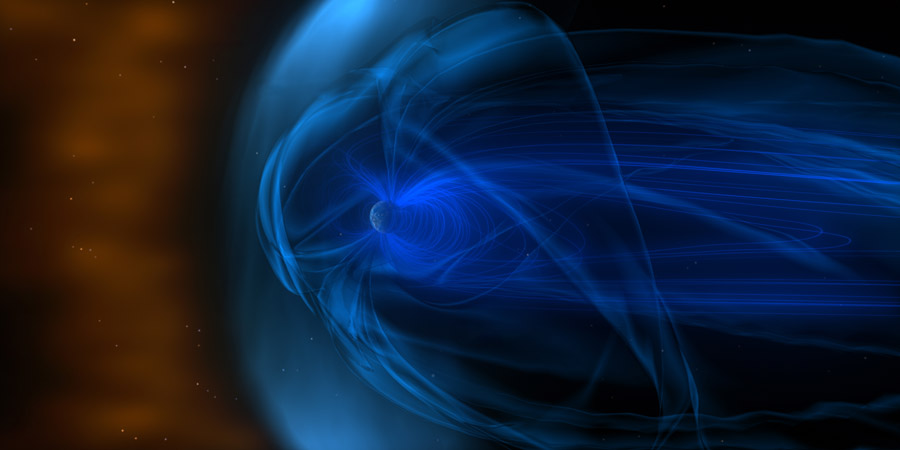Viewing archive of Friday, 18 August 2023
Geophysical report
Solar and Geophysical Activity Summary 2023 Aug 18 0245 UTCPrepared by the NOAA © SWPC and processed by SpaceWeatherLive.com
Joint USAF/NOAA Solar and Geophysical Activity Summary
SGAS Number 230 Issued at 0245Z on 18 Aug 2023 This report is compiled from data received at SWO on 17 AugA. Energetic Events
Begin Max End Rgn Loc Xray Op 245MHz 10cm Sweep 0237 0237 0238 170 II 0443 0443 0443 110 0447 0447 0447 150 0608 0608 0608 100 0654 0654 0654 220 0807 0807 0807 100 0920 0920 0920 110 1214 1240 1306 3397 N19W80 C5.1 Sf II 1411 1420 1424 C3.5 390 2332 2340 2349 3403 N22W27 C1.3 Sf 100
B. Proton Events
C. Geomagnetic Activity Summary
D. Stratwarm
E. Daily Indices: (real-time preliminary/estimated values)
10 cm 152 SSN 135 Afr/Ap 010/007 X-ray Background B8.0 Daily Proton Fluence (flux accumulation over 24 hrs) GT 1 MeV 1.5e+05 GT 10 MeV 2.0e+04 p/(cm2-ster-day) (GOES-16 satellite synchronous orbit W75 degrees) Daily Electron Fluence GT 2 MeV 1.30e+06 e/(cm2-ster-day) (GOES-16 satellite synchronous orbit W75 degrees) 3 Hour K-indices Boulder 3 2 3 1 1 4 2 2 Planetary 3 2 2 0 2 2 2 2
F. Comments
None
All times in UTC
Current data suggests there is a slight possibility for aurora to appear at the following high latitude regions in the near future
OuluLatest news
Latest forum messages
Support SpaceWeatherLive.com!
A lot of people come to SpaceWeatherLive to follow the Sun's activity or if there is aurora to be seen, but with more traffic comes higher server costs. Consider a donation if you enjoy SpaceWeatherLive so we can keep the website online!

Latest alerts
20:00 UTC - Geomagnetic activity
Moderate G2 geomagnetic storm (Kp6) Threshold Reached: 19:44 UTC
19:15 UTC - Geomagnetic activity
Minor G1 geomagnetic storm (Kp5) Threshold Reached: 18:59 UTC
18:33 UTC - Solar flare
Moderate M1.31 flare from sunspot region 4055
CME arrival, G3 storm watch
A coronal mass ejection has arrived at our planet. This is the first of possibly two coronal mass ejections that were expected to arrive from filament eruptions on April 12 and 13. The minor G1 geomagnetic storm threshold has already been reached and the NOAA SWPC has a strong G3 geomagnetic storm watch in place for tomorrow, 16 April. Keep an eye on the data here on this website in the hours ahead. There is more action to come!
Read more18:12 UTC - Radio Blackout
Minor R1 radio blackout in progress (≥M1 - current: M1.15)
Space weather facts
| Last X-flare | 2025/03/28 | X1.1 |
| Last M-flare | 2025/04/14 | M4.2 |
| Last geomagnetic storm | 2025/04/06 | Kp5 (G1) |
| Spotless days | |
|---|---|
| Last spotless day | 2022/06/08 |
| Monthly mean Sunspot Number | |
|---|---|
| March 2025 | 134.2 -20.4 |
| April 2025 | 128.8 -5.4 |
| Last 30 days | 129.1 -15.1 |






